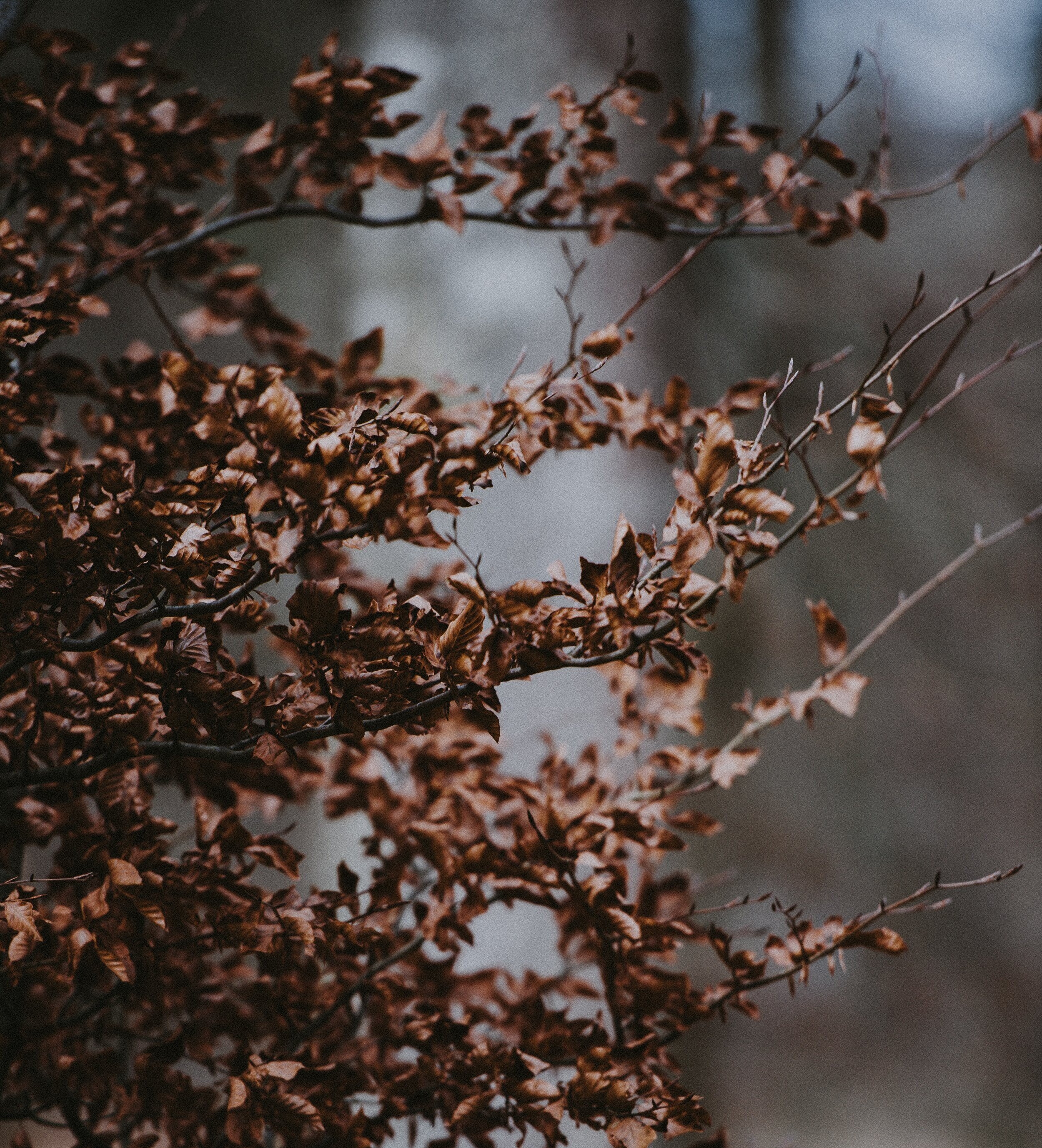Tree Dormancy and Preparing for Fall
By Aprille Hunter
Premature Browning of Leaves
Have you noticed leaves on trees in your community turning yellow and dropping earlier than usual? Or maybe you’ve seen pine trees starting to lose needles? Late summer came and went with less than average rainfall in Loudoun County, and many trees are beginning to enter pre-dormancy earlier than usual. The immediate result is a premature browning of the leaves and an earlier than expected leaf drop without the familiar display of fall colors.
The Stages of Dormancy
When there is not enough moisture in the soil for the tree to perform its regular functions, it first closes up stomata on the underside of the leaves to prevent water evaporation. Then the metabolic activity slows down and moisture moves into the roots, as the tree attempts to conserve energy in order to go through the process of hardening off. Bringing the tree’s resources to its roots encourages leaf bud development when spring rolls around. Finally, the leaves can either turn yellow, or crispy brown and fall off, reducing the tree’s need for water during a period of low precipitation. This process comes with a risk, as the tree minimizes its ability to photosynthesize, or produce the compounds it needs in order to survive the cold winter months.
Which Trees are Most Affected
While all trees are capable of shedding their leaves in extreme drought conditions, some species are more likely to perform this shut down at early signs of drought, such as river birch, hackberry, poplar, apple and pear trees. Trees with shallow roots, especially dogwoods, may be more susceptible to dying from droughts. Others, including oak and hickory trees, are more likely to wait out a drought without losing their leaves in hopes that rain will come soon. Pine trees, when undergoing drought stress, become more susceptible to pine bark beetle attacks which can kill the tree. As for newly transplanted trees, this was not a good year for transplanting. The young roots are usually damaged during the transplant process and need time (and water) to adjust to the new location and settle in. If transplant trees go without being watered during a hot, dry summer like this one, they are at high risk of not surviving.
What You Can Do About It
While you can water your trees with soaker hoses placed at the drip line of the tree (as far out as the branches extend), it’s not always practical. Donegan’s Tree Service offers Deep Root Fertilization to encourage root growth and ensure the health of the tree. The fertilizer is made from wild caught Louisiana fish, and adds nitrogen, phosphate, and potassium to the soil. It will penetrate the roots and help the tree endure the winter and prepare for spring growth. Having access to nitrogen in the soil will promote leaf growth in the spring. Phosphorus improves a tree’s ability to withstand cold temperatures and strengthens the roots. Then, potassium aids in the processing of proteins and carbohydrates used toward improving the tree’s health overall.
However, please note that neither watering your tree, nor having it fertilized, will guarantee its survival for long periods without rain water.

